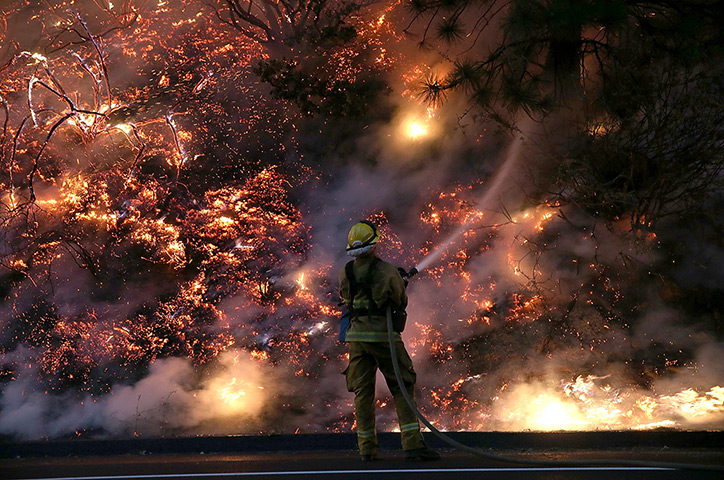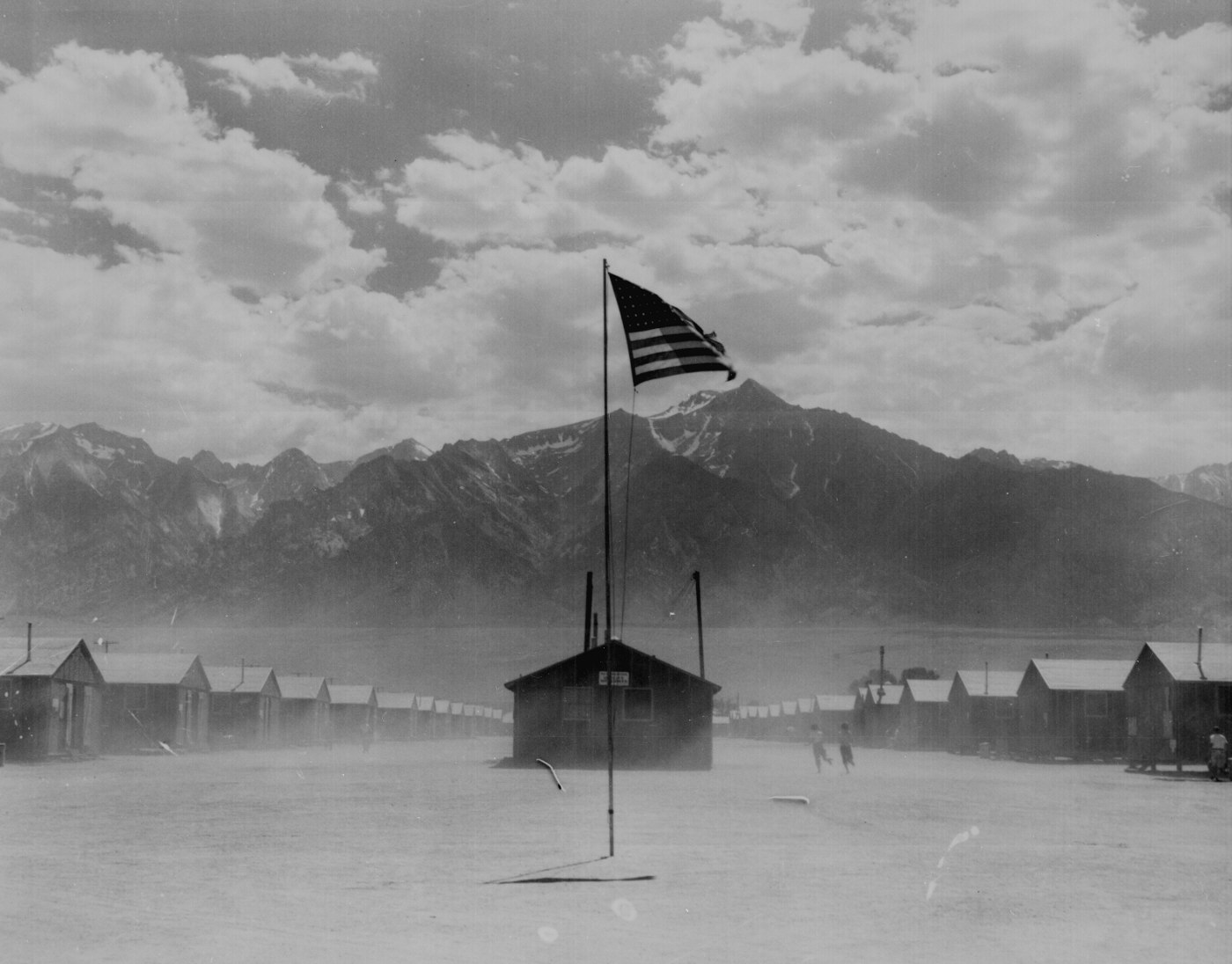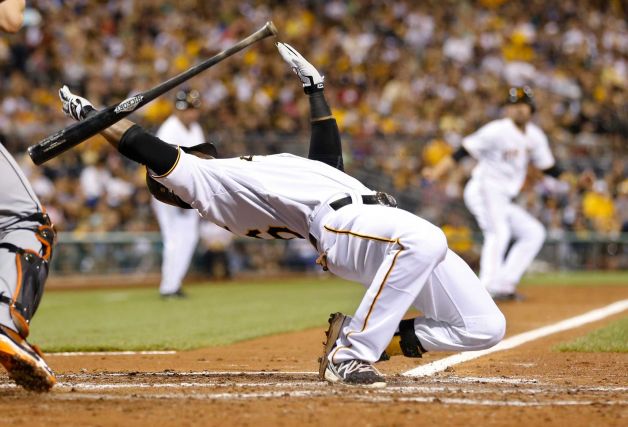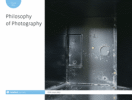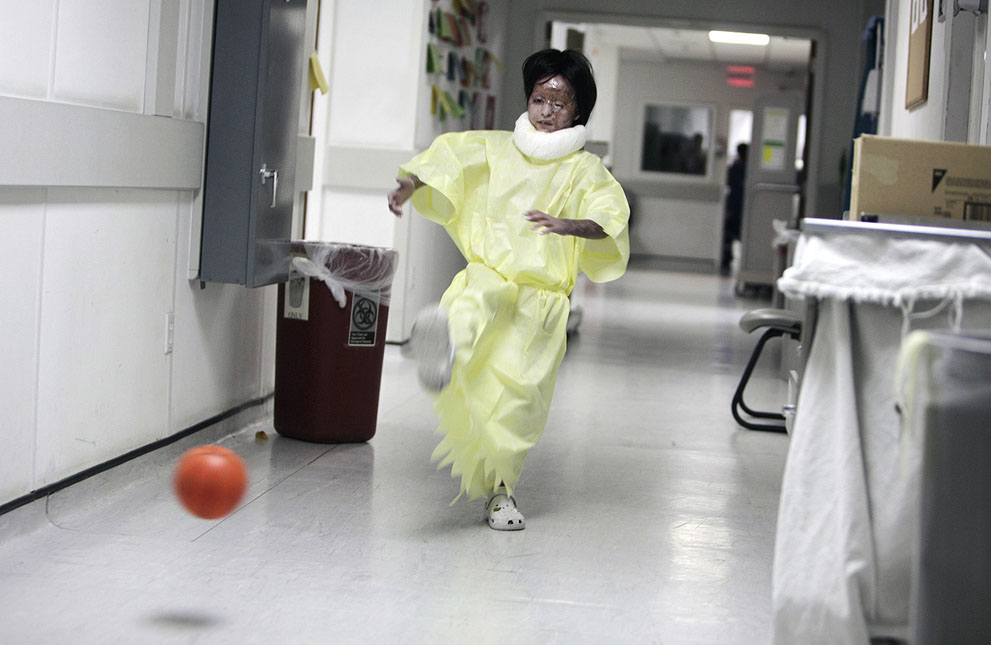There isn’t a single photograph that begins to capture the Republican Party’s decision to shut down the US government, so let me provide one.
This is actually a double image. On the one hand, it’s an image of what happens when states are governed well. Civilization can be hewn out of rock, common goods such as transportation facilities can be gleaming monuments to efficiency, everyone can benefit from this investment in shared infrastructure for enjoying liberty and prosperity, and this can be done not only well but beautifully.
On the other hand, it’s also an image of the fate that awaits every government, every state, dare I say many a species including perhaps our own? Those ancient civilizations that now lie buried were once vibrant, not least when they were overcome by the volcanic ash, moving desert, invading horde, ecological crash, plague, or other catastrophe. We already have self-made ruins such as missile silos, defunct nuclear reactors, and highways to nowhere, but that’s the least of what could follow. Better to imagine how something both practical and beautiful could become an empty, abandoned fragment of a lost civilization. Although this machined space was wrested out of the earth by skill, labor, and organization, the rock will outlast anything not renewed, the silence will reign far longer than any party, and maybe, maybe it will receive the accidental tribute of someone wondering how a people so advanced could have disappeared.
At this point I probably should add that this subway station is in Stockholm, Sweden. Now, Washington. DC has a fine subway system, so I won’t knock that, but it would be nice if the government above ground were allowed to work as well. More to the point, this photo from another place and time can stand in for the many failed attempts to say something, anything about the current crisis.
I’m referring to those photos of “closed” signs in front of government buildings, tourist stragglers in front of empty memorial sites, political leaders looking grave, and similar fare. The fault isn’t the photographers’, as there really isn’t much to see at all–that’s the result of something not happening–and both the reasons and the effects are even less visually apparent, at least for a while. The fact that the media are putting up dozens of these stock images doesn’t hide their ineffectiveness even as it tries to compensate for it. But even that’s not the real problem.
Actually, there are two problems. One is that there haven’t been any strong photographs regarding the recent debate about the shutdown and about “Obamacare” more generally. Let me suggest that this is one reason we have been witness to such a stunning demonstration of GOP mendacity, press complicity with their tactics, and the seemingly bottomless ignorance and gullibility of the American public. It’s only a counterfactual supposition, but I think one cause of the low quality of public discourse is that there has been no strong image of harm or corruption to bring people to their senses.
The second problem is that none of the photos we do have are able to do what photojournalism at its best does: expose the deeper truth that lies underneath the froth of the news. That truth would tell us something that we really need to know if we are to live well: say, something about why American society is becoming so dysfunctional and what might come of it.
Which is why I’ve offered the photograph above for consideration. One thing that often is irrevocably lost among the ruins is the reasons people gave for fighting one another or not working together or abandoning the principles that had sustained them. Reasons that they were so sure about, that they thought were so important at the time, that they knew were right. Such pride goeth before the fall, but few are around to remember it.
So it is that photography might push back against the arrogance that can shut down a legitimate, well-functioning, democratic government. In this case, it can’t work by exposing the lies, for they are present for all to see. What it might do, however, is remind us how much can be lost, and lost even when so much else looked so good and worked so well.
Call it an archaeology of the present: the images that would remind us of how close we can be to becoming ruins.
Photograph by Valentijn Tempels/National Geographic Traveler Photo Contest).
Cross-posted at BAGnewsNotes.

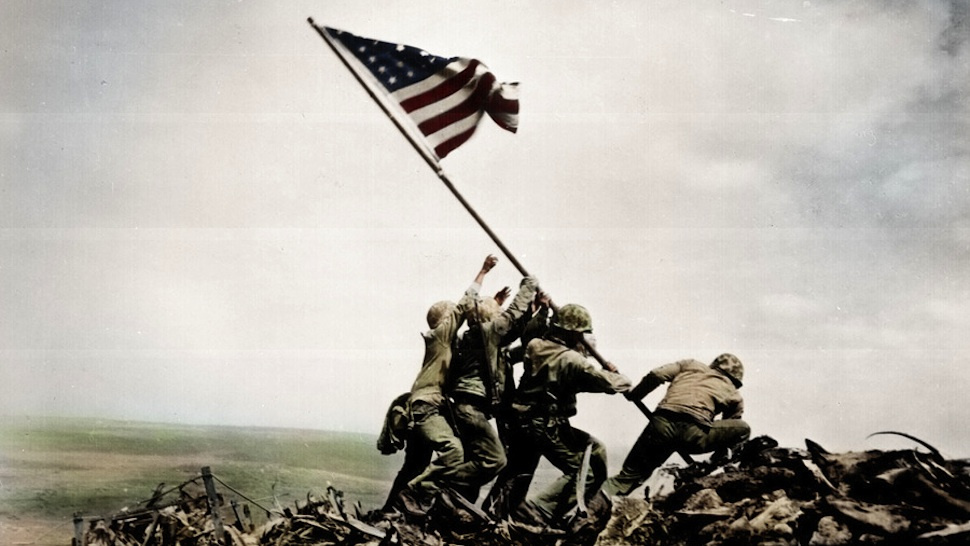
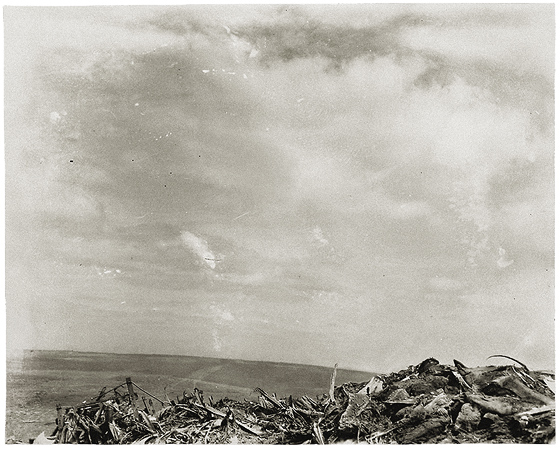

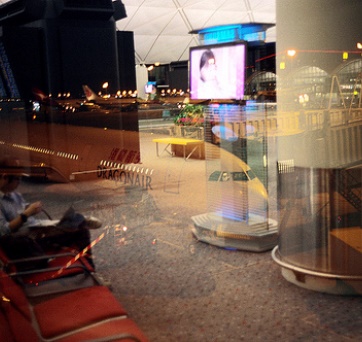
![Liz-Scott-Jane-Greer-The-Company-She-Keeps[1]](http://www.nocaptionneeded.com/wp-content/uploads/2013/07/Liz-Scott-Jane-Greer-The-Company-She-Keeps1.png)
